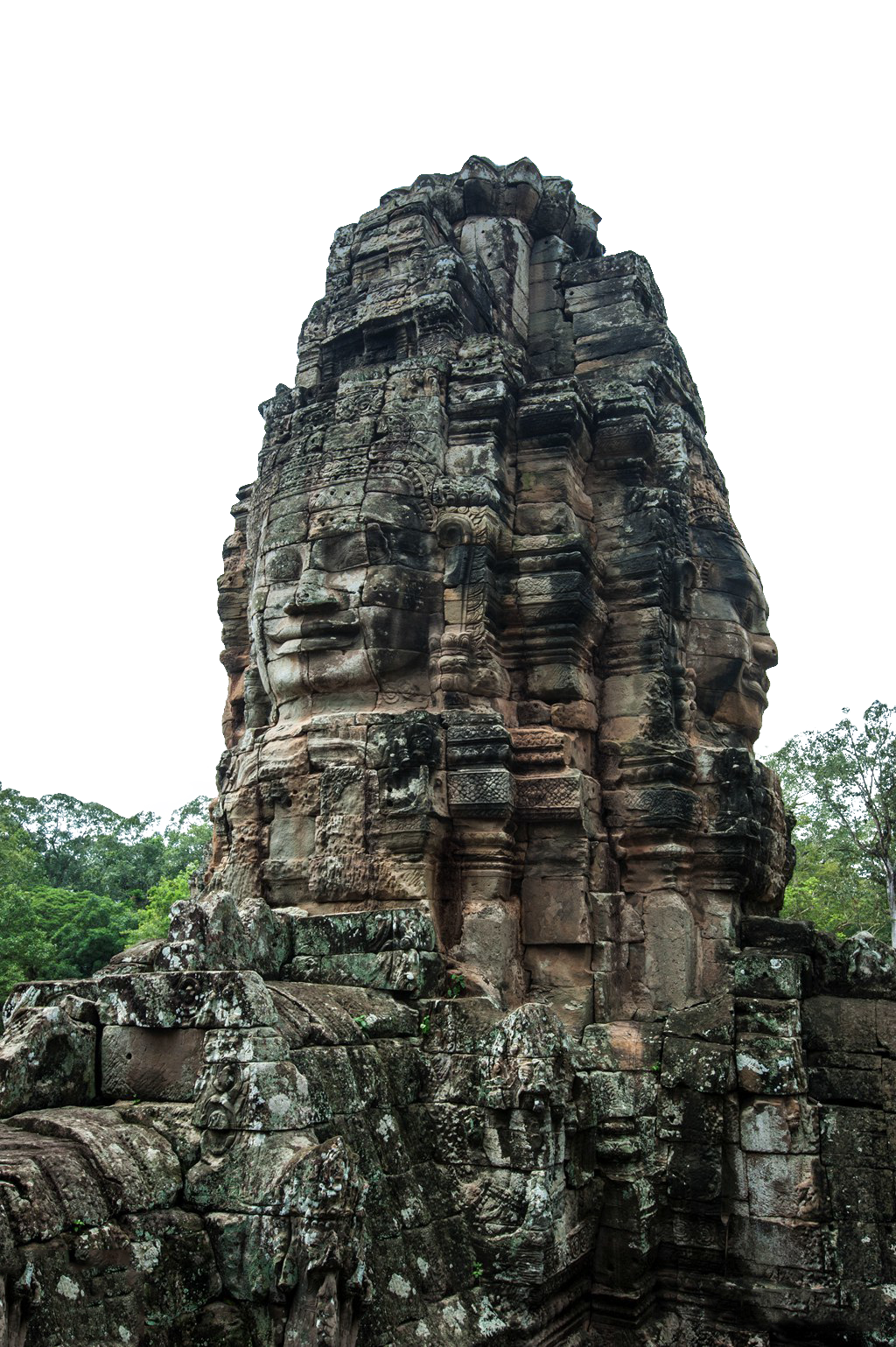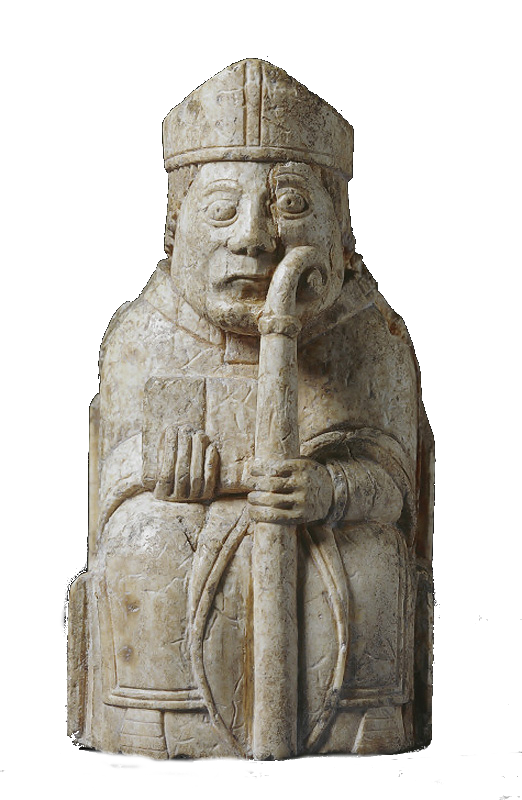This is the best summary I could come up with:
Bore, who dreamed of becoming an archaeologist as a child, made the discovery on the southern island of Rennesøy, near Stavanger, in August after he bought a metal detector on his doctors’ recommendation to get more exercise.
Ole Madsen, head of the University of Stavanger’s Museum of Archaeology, said it was “the gold find of the century in Norway.
“Given the location of the discovery and what we know from other similar finds, this is probably a matter of either hidden valuables or an offering to the gods during dramatic times,” he said.
The pendants and gold pearls were part of “a very showy necklace” made by skilled jewellers and worn by society’s most powerful, said Reiersen.
Prof Sigmund Oehrl, who also works at the Stavanger Museum, said that symbols on the pendants usually showed the Norse god Odin healing the sick horse of his son.
On the Rennesøy ones, the horse’s tongue hangs out on the gold pendants, and “its slumped posture and twisted legs show that it is injured”, Oehrl said.
The original article contains 459 words, the summary contains 173 words. Saved 62%. I'm a bot and I'm open source!



